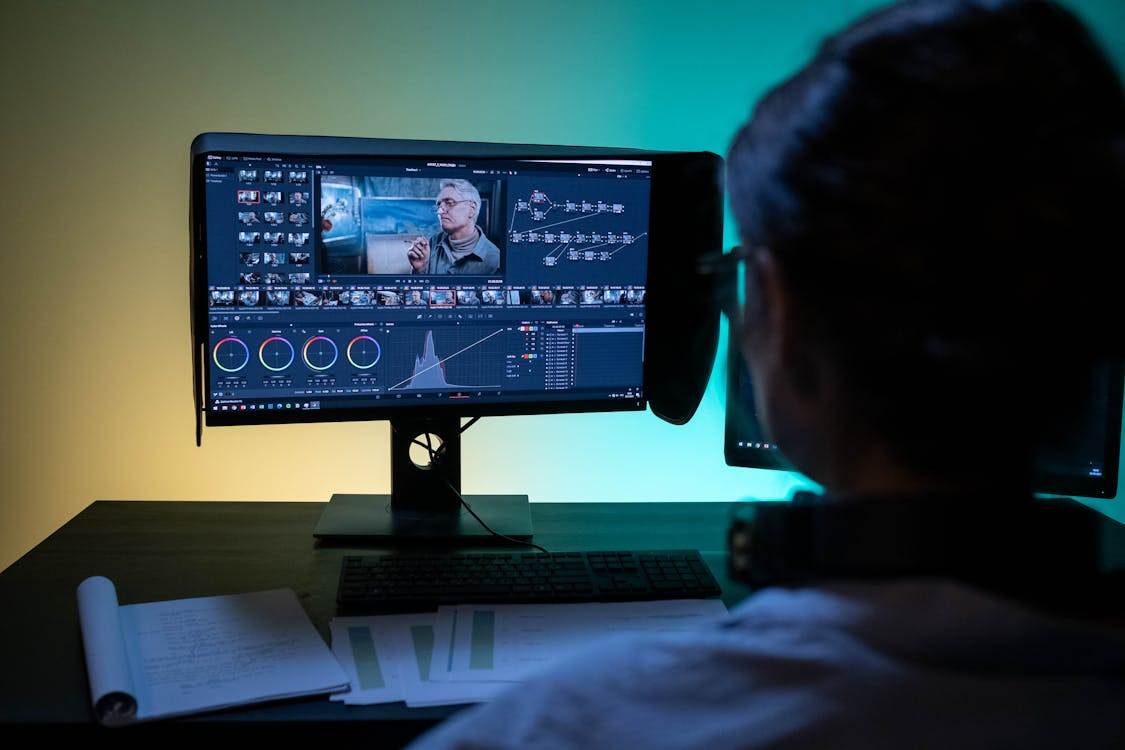In today’s globalized entertainment landscape, short dramas have gained significant attention due to their compact storytelling and strong appeal. However, to truly captivate a global audience, these dramas require more than just a compelling narrative—they need an efficient and professional localization process. Localization transforms a drama from its original language and culture into a version that feels natural to viewers in the target market. This involves not only translating dialogue but also re-recording audio, adding subtitles, and adjusting cultural elements to ensure the story resonates with new audiences. Below, we explore the complete workflow of short drama localization, showcasing how professional expertise enables stories to transcend language and cultural barriers, reaching audiences worldwide.
Why Localization Matters
The essence of localization lies in adapting content to meet the linguistic, cultural, and technical needs of a specific audience. For short dramas, this means ensuring that every line of dialogue and every scene feels familiar and authentic to the target viewers. With the rise of streaming platforms, the demand for localized content has surged, and industry data projects that the language services market will reach $73.6 billion by 2025. This demand has driven the optimization of the short drama localization workflow, as these productions often need to be released quickly to maintain their relevance. An efficient localization process not only ensures timely delivery but also controls costs and maintains consistency across multiple language versions, providing audiences with a trustworthy viewing experience.
The Localization Workflow
The localization process begins with script preparation, which serves as the foundation for the entire workflow. The script is organized into a format suitable for translation, with clear labels for dialogue, stage directions, and background notes. Relevant information, such as character motivations or plot points, is also provided to translators to ensure accurate adaptation. At this stage, professional tools like SDL Trados or memoQ are used to manage files and streamline the process. A well-prepared script reduces confusion in subsequent steps and sets the stage for success.
Next, expert translators adapt the script into the target language. This is not merely a linguistic conversion but a cultural and emotional one as well. The translation must remain faithful to the original meaning, avoiding literal errors, while also adjusting idioms, jokes, and cultural references to align with the new audience’s sensibilities. Whether the tone is lighthearted or intense, it must be preserved. By using Computer-Assisted Translation (CAT) tools, translators can leverage glossaries and previous work to ensure consistency and efficiency, speeding up the process.
Once the translation is complete, the script enters the editing and proofreading phase. Specialists review the language for fluency, style, and fidelity to the original, ensuring no subtle nuances are overlooked. A final round of proofreading eliminates any spelling, grammatical, or formatting issues. This stage refines the script, preparing it for the next hands-on phases of production.
Following this is the dubbing phase, where the drama comes to life with new voices. Voice actors are carefully selected to match the characters’ personalities and the story’s atmosphere. In the recording studio, they deliver their lines under the guidance of a director, ensuring that emotions and timing sync perfectly with the visuals. Sound engineers then blend the new dialogue with the background music, creating a seamless auditory experience. Precision in dubbing is crucial, as mismatched lip-sync or lackluster performances can disrupt the viewer’s immersion, making professionalism non-negotiable.
For audiences who prefer the original audio, subtitling becomes another critical step. Subtitles must condense the dialogue into concise and clear text while perfectly syncing with the speech, appearing and disappearing at just the right moments. The style of the subtitles, including font, size, and placement, is also meticulously designed for readability and compliance with platform standards (such as Netflix’s subtitle guidelines). Subtitling offers a cost-effective way to preserve the drama’s authenticity while expanding its reach.
Finally, the quality assurance (QA) phase wraps up the process. This includes linguistic review to ensure the translation is accurate and culturally appropriate; technical checks to verify audio synchronization, subtitle timing, and video compatibility; and platform testing to confirm the drama runs flawlessly on its intended platform. QA acts as a safety net, ensuring that the localized version meets or exceeds the quality of the original.











